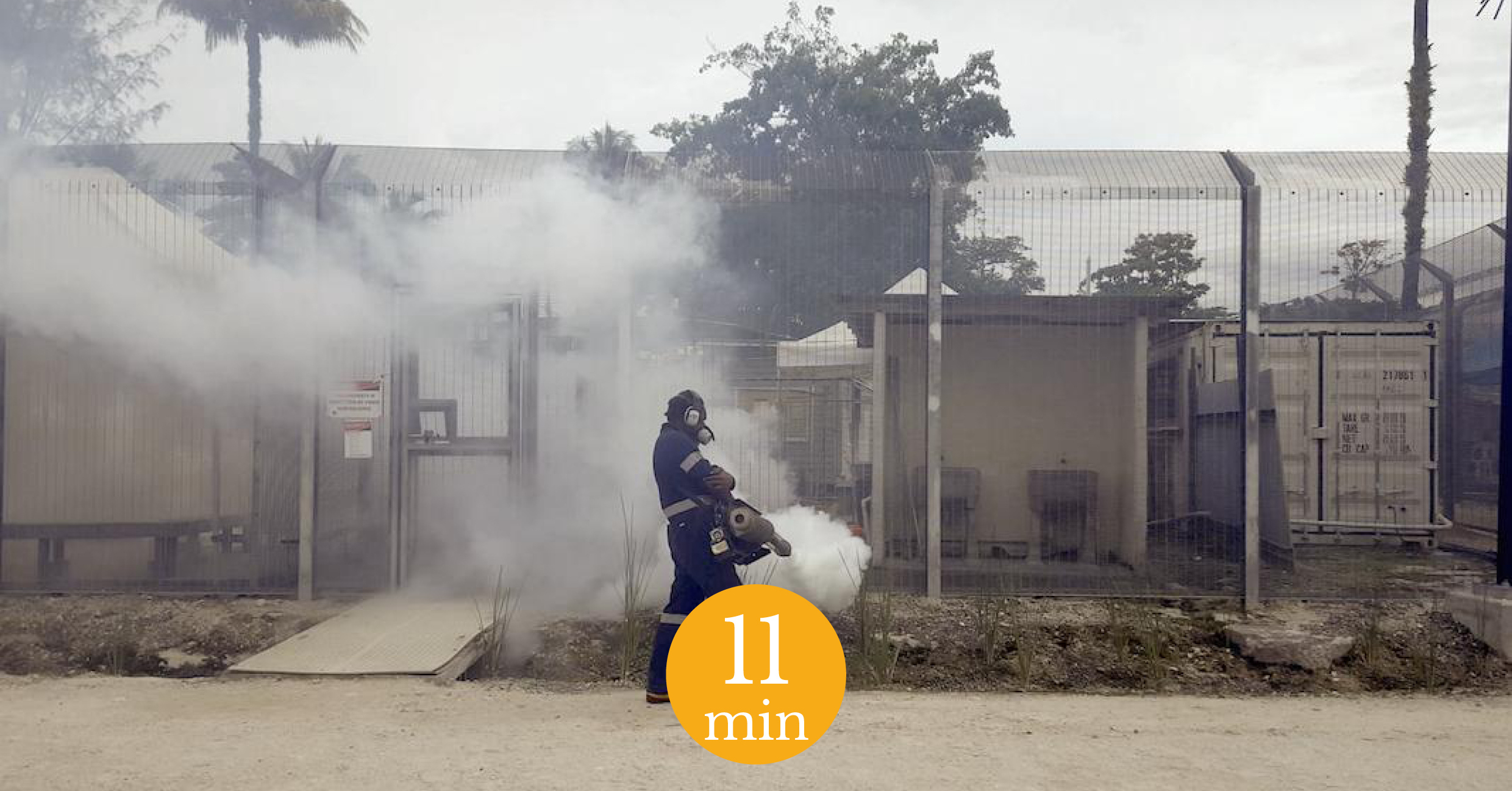*Switch language to french for french version of the article*
[Please note: Aboriginal and Torres Strait Islander people should be aware that this article may contain images or names of deceased persons in photographs or printed material.]
Ten Canoes (10 canoes, 150 spears and three wives) is a film about Arnhem Land and its people, made with and by them. It is a film for Indigenous people and it is also an ambassador film for Aboriginal culture and therefore also made for an audience outside this culture. It is a story of forbidden love, brotherly bonds, kidnapping, witchcraft and revenge, treated with poetry and humour. In short, this is a rich work that CASOAR really recommends! Read More










